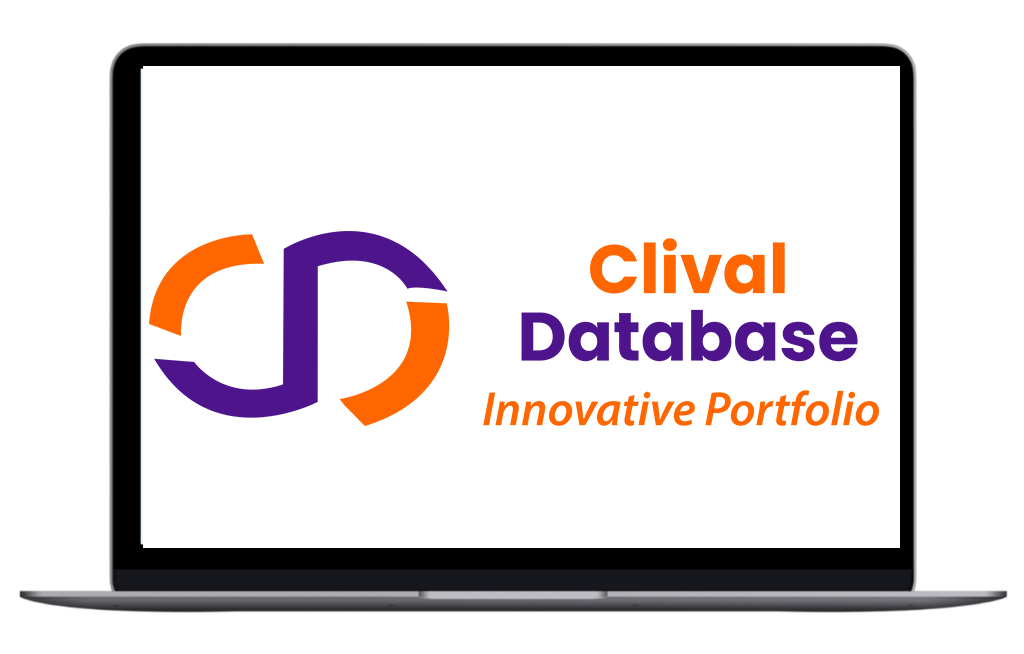How Smart Clinical Trials Beat Information Overload?
A contrarian approach to managing the 3.6 million data points flooding modern medical research
Clinical trials are drowning in data. That's not hyperbole—it's mathematics.
The average Phase III trial now generates 3.6 million data points. That's triple the volume from a decade ago. Technology was supposed to accelerate drug development. Instead, it created a bottleneck that's strangling innovation.
Here's the paradox: More tech equals longer timelines. The Tufts Center confirms what insiders already know. Study durations are increasing despite unprecedented technological adoption.
Something is fundamentally broken.
The Perfect Storm That Broke Clinical Research
Three forces converged to create today's crisis:
- Data explosion. Consumer technology costs plummeted. Sensors became ubiquitous. Electronic capture made data collection effortless—perhaps too effortless.
- Study complexity. Adaptive trials and multiphase designs multiplied variables exponentially. Each modification cascaded into countless downstream decisions.
- Pandemic panic. COVID-19 forced hasty technology adoption. Tools were implemented without change management. Usage patterns were suboptimal from day one.
The result? An industry paralyzed by the very innovations meant to liberate it.
Where the Data Tsunami Originates?
Patient environments generate most clinical trial data today. Labs, electronic health records, wearable devices, and third-party sensors create constant data streams.
This shift represents a fundamental change in research methodology. Historical trials captured snapshots. Modern trials record movies.
The driving forces are clear:
- Technology availability makes collection possible
- Personalized therapy demands make collection necessary
As Nicole Latimer, CEO of Medrio, observed: "Technology is allowing us to focus more on the patient."
But focusing requires filtering. And filtering demands strategy.
The Quality Revolution: Passive vs. Active Collection
Data quality improvement happens through two primary mechanisms: passive and active collection methods.
Passive Data Collection: The Automation Advantage
Automatic data capture eliminates human transcription errors. No more misremembered diary entries. No more delayed data recording.
Paul Upham from Roche emphasizes: "The more we move to automated, passive data collection, the more accurate data becomes."
Patient compliance becomes irrelevant when devices collect data automatically. Memory lapses don't corrupt datasets. Manual entry errors disappear entirely.
Active Data Collection: The Engagement Benefit
Digital active collection maintains human involvement while adding validation layers. Real-time data checks catch errors during entry rather than during analysis.
The key insight from Rachel Chasse at AbbVie: "Putting forth understandable products increases data quality significantly."
Health literacy experts must inform tool design. Misinterpreted questions generate garbage data regardless of collection sophistication.
Four Strategies That Actually Work
Successful sponsors and CROs implement specific approaches to tame data chaos:
1. Standardized Data Collection Practices
Common frameworks across studies enable analytical tool reuse. Regulation approval materials are streamlined through consistent approaches.
Standardization converts disparate data sources into analyzable formats. Mapping becomes systematic rather than customized for each trial.
2. Cross-Study Portfolio Analysis
Standardized collection enables robust data lakes spanning multiple trials. Portfolio-wide evidence generation becomes possible.
Individual study insights are valuable. Cross-study patterns reveal therapeutic area trends that single trials miss completely.
3. Platform Technology Deployment
Instead of building new ecosystems for each trial, platform approaches create reusable infrastructure.
As Paul Upham notes: "Platform technologies have been critical for realizing efficiencies."
Molecule-specific platforms work particularly well within therapeutic areas. Initial investment pays dividends across multiple studies.
4. Enterprise-Wide Technology Adoption
Partial implementation wastes technological potential. Benefits compound only through comprehensive deployment across all studies.
Rachel Chasse warns: "If you use technology in some studies but not others, you'll get stuck."
Enterprise adoption requires:
- Technology needs assessment
- Existing tool evaluation
- Gap identification
- Staff education programs
Education represents the most critical component. Tools without trained users generate expensive digital paperweights.
The Future-Proofing Formula
Future-proofing isn't about adopting every emerging technology. It's about optimizing processes for competitive advantage.
Rachel Chasse's framework: "Future-proofing means being fit for purpose—not adding processes for their own sake."
The optimization process involves:
- Process examination - Identify current inefficiencies
- Technology review - Assess existing tool performance
- Gap analysis - Determine missing capabilities
- Education investment - Train teams for maximum utilization
Staff education amplifies every other investment. Sophisticated tools in untrained hands generate sophisticated failures.
The 80/20 of Clinical Data Management
Most sponsors focus on data volume. Smart sponsors focus on data utility.
The critical 20% that drives 80% of value:
- Real-time visibility into patient status
- Automated quality checks during collection
- Standardized formats across studies
- Cross-study analytical capabilities
Everything else is operational noise.
Action Steps for Research Leaders
Immediate implementations that generate measurable improvements:
Week 1: Audit current data collection methods across active studies. Identify manual processes suitable for automation.
Week 2: Evaluate staff technology literacy levels. Design education programs addressing specific skill gaps.
Week 3: Review existing platform opportunities within therapeutic areas. Calculate potential efficiency gains from standardization.
Month 1: Implement pilot passive collection systems in low-risk study components.
Month 3: Measure quality improvements and timeline reductions from initial implementations.
Month 6: Scale successful approaches across broader study portfolios.
The Compound Effect of Smart Data Strategy
Clinical trials generate exponentially more data each year. That trend won't reverse.
The winners will be organizations that transform data from burden into competitive advantage. The losers will continue drowning in their own information streams.
Technology created this problem. Strategy will solve it. The choice is simple: Manage the data deluge or be swept away by it.
The patients waiting for breakthrough treatments can't afford to wait for the industry to figure this out.
Turn Data Chaos Into Competitive Intelligence
Ready to transform your clinical data strategy? Clival Database provides therapeutic area-based analyzed trial data covering 50,000 products from 60,000 sponsors across 500,000 clinical trials.
While others drown in data, smart sponsors use Clival's platform to:
- Benchmark competitor pipelines across therapeutic areas instantly
- Identify market gaps through comprehensive indication analysis
- Accelerate study design with real-time trial intelligence
- Optimize sponsor strategies using global regulatory insights
Get curated trial data based on development phases, countries, therapeutic areas, sponsors, and mechanisms of action—all in one centralized platform.
Stop managing data. Start leveraging intelligence.
Join industry leaders who've already moved beyond data management to data mastery.
Frequently Asked Questions

Optimize Your trial insights with Clival Database.
Are you exhausted from the uncertainty of trial insights pricing? Clival Database ensures the clarity in the midst of the global scenario for clinical trials to you.Clival Database is one of the best databases that offers an outstanding number of clinical trial data in terms of 50,000+ molecules and from primary regulatory markets as well as new entrants like Indian and Chinese markets.
Elevate your trial success rate with the cutting-edge insights from Clival database.
Check it out today and make more informed sourcing decisions! Learn More!







